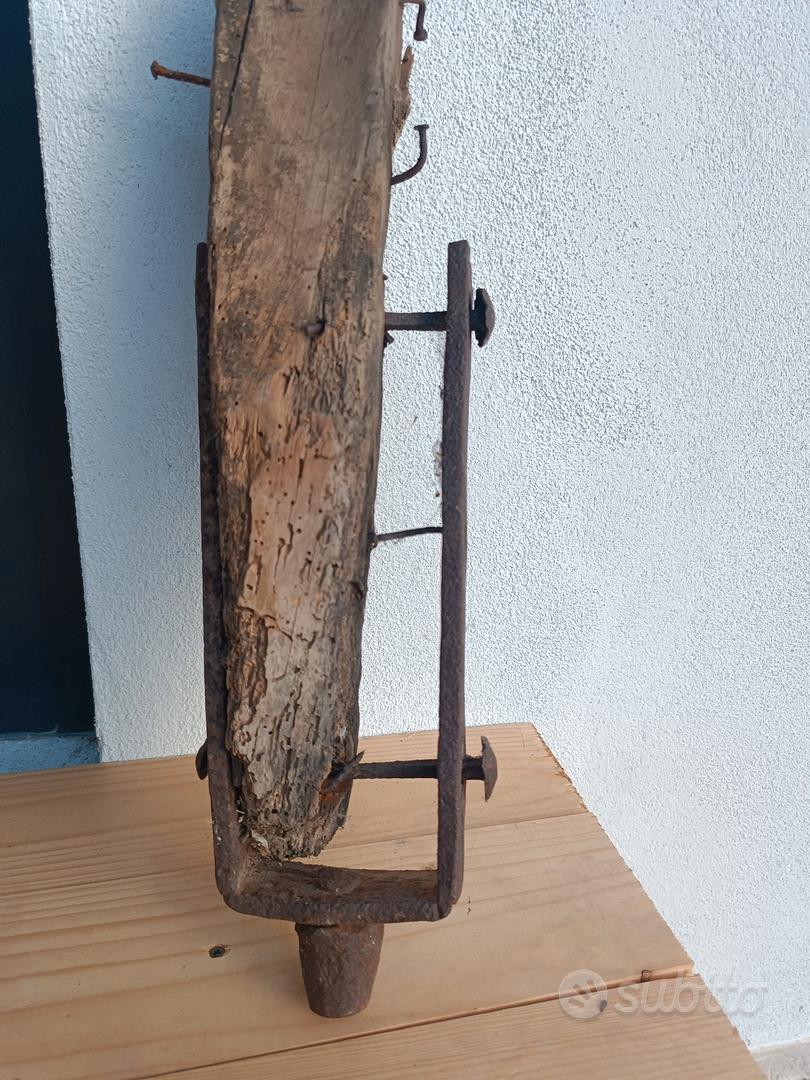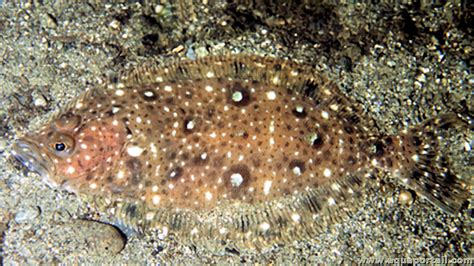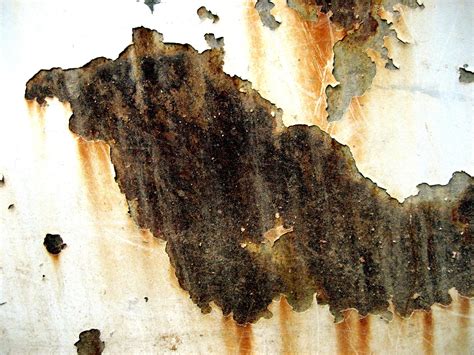Cardine, a term often associated with the realm of anatomy and physiology, pertains to the cardia, which is the region of the stomach that connects to the esophagus. The cardia is a critical component of the gastrointestinal system, playing a pivotal role in the process of digestion. It is essential to understand the structure and function of the cardia to appreciate the complexities of the digestive process and the potential issues that may arise when this region is compromised.
Anatomical Overview of the Cardia

The cardia is located at the junction between the esophagus and the stomach. This region is characterized by the presence of the lower esophageal sphincter (LES), which is a ring-like muscle that separates the esophagus from the stomach. The LES is crucial for preventing the backflow of stomach contents into the esophagus, thereby protecting the esophagus from the corrosive effects of gastric acid. The cardia also contains mucous glands that produce mucus, which helps to lubricate the food bolus as it passes from the esophagus into the stomach.
Physiological Functions of the Cardia
The cardia serves several key physiological functions. Firstly, it acts as a barrier to prevent the reflux of stomach contents into the esophagus. Secondly, it facilitates the passage of food from the esophagus into the stomach. The cardia achieves these functions through the coordinated contraction and relaxation of the LES and the surrounding muscles. Dysfunctions in the cardia, such as a weakening of the LES, can lead to conditions like gastroesophageal reflux disease (GERD), which is characterized by the frequent backflow of stomach contents into the esophagus, resulting in symptoms like heartburn and dysphagia.
| Function | Description |
|---|---|
| Prevention of Reflux | Prevents the backflow of stomach contents into the esophagus |
| Facilitation of Food Passage | Allows the smooth passage of food from the esophagus into the stomach |

Key Points
- The cardia is the region of the stomach that connects to the esophagus and plays a critical role in digestion.
- The lower esophageal sphincter (LES) is a key component of the cardia, preventing the backflow of stomach contents into the esophagus.
- Dysfunction of the cardia can lead to conditions like gastroesophageal reflux disease (GERD), characterized by symptoms such as heartburn and dysphagia.
- Understanding the anatomy and physiology of the cardia is crucial for the diagnosis and treatment of upper gastrointestinal tract conditions.
- The cardia's mucous glands produce mucus that lubricates food as it passes from the esophagus into the stomach, facilitating smooth digestion.
Clinical Significance of the Cardia

The clinical significance of the cardia cannot be overstated, given its role in preventing reflux and facilitating the passage of food into the stomach. Conditions affecting the cardia, such as GERD, can significantly impact an individual’s quality of life. Moreover, complications arising from chronic reflux, such as esophagitis and Barrett’s esophagus, underscore the importance of maintaining the integrity and function of the cardia.
Treatment and Management of Cardia-Related Conditions
Treatment and management strategies for conditions related to the cardia typically involve a combination of lifestyle modifications, pharmacological interventions, and, in some cases, surgical interventions. Lifestyle changes may include dietary adjustments, weight loss, and avoiding triggers that can exacerbate reflux. Pharmacological treatments often involve the use of proton pump inhibitors (PPIs) or H2 receptor antagonists to reduce gastric acid production. In severe cases, surgical options such as fundoplication may be considered to reinforce the LES and prevent reflux.
What is the primary function of the lower esophageal sphincter (LES) in the cardia?
+The primary function of the LES is to prevent the backflow of stomach contents into the esophagus, thus protecting the esophagus from gastric acid and preventing conditions like GERD.
How does gastroesophageal reflux disease (GERD) affect the quality of life?
+GERD can significantly impact an individual’s quality of life by causing symptoms such as heartburn, dysphagia, and chest pain, which can disrupt daily activities and sleep patterns.
What are the common treatment options for conditions affecting the cardia?
+Treatment options include lifestyle modifications, pharmacological interventions such as PPIs or H2 receptor antagonists, and in severe cases, surgical procedures like fundoplication.


